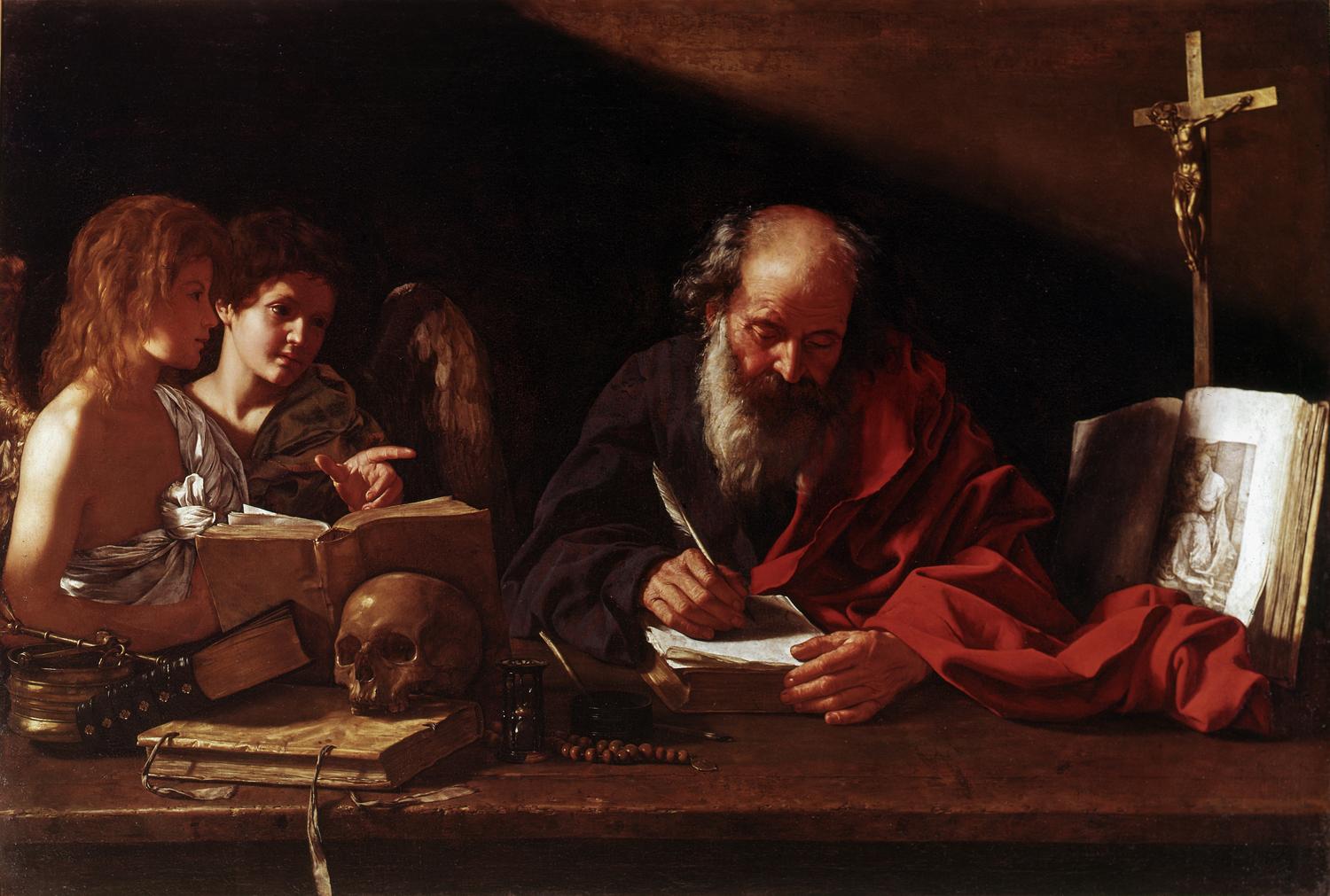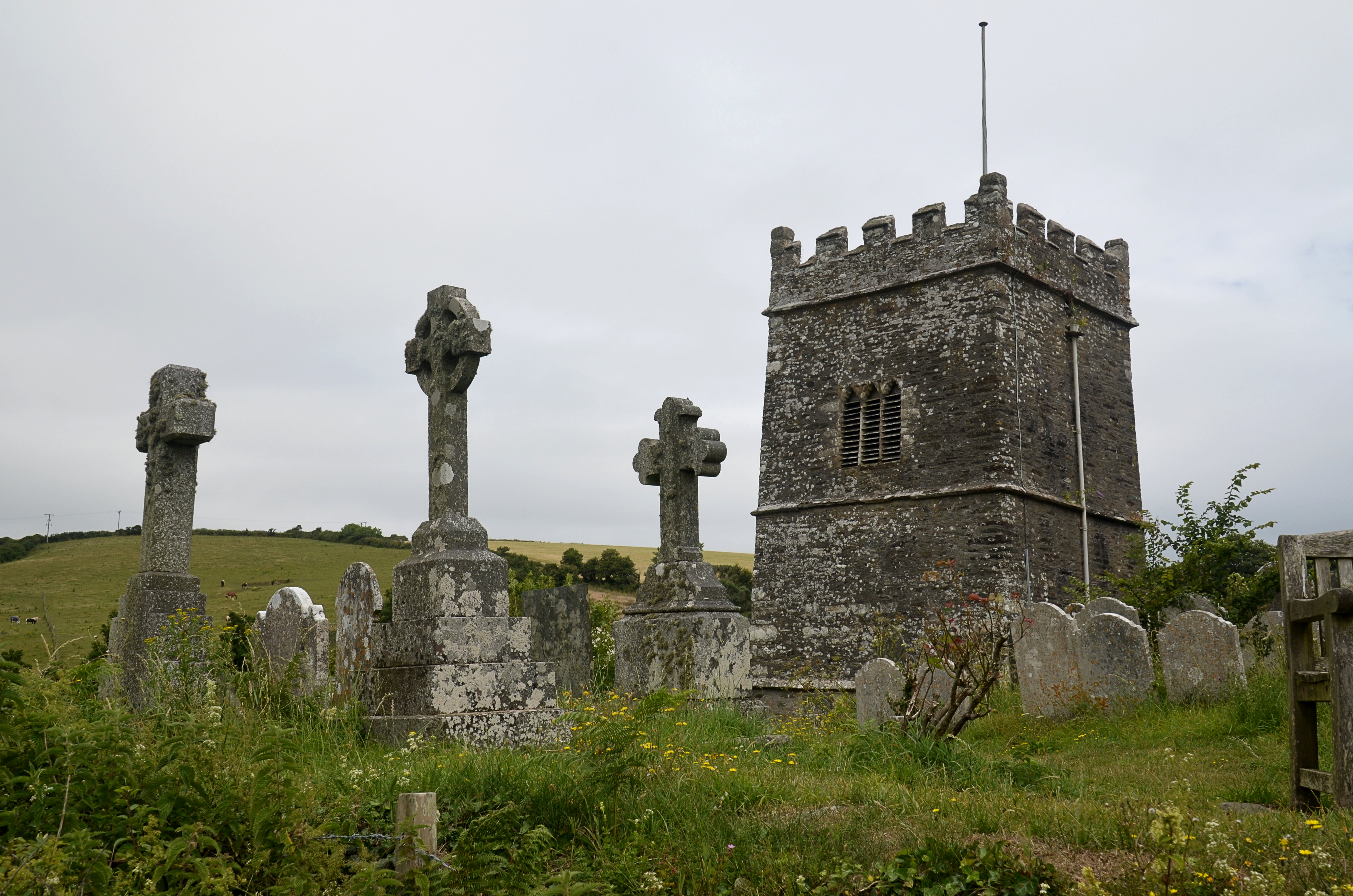|
St Tallan
Tallanus is thought to have been a Cornish saint. It is claimed that he was a hermit in the 5th century and lived at Talland between Polperro and Looe. The parish church A parish church (or parochial church) in Christianity is the church which acts as the religious centre of a parish. In many parts of the world, especially in rural areas, the parish church may play a significant role in community activitie ... of Talland, which is believed to be a 5th-century foundation, is consecrated to him – the only one in Britain. One explanation of the word 'Talland' is that it is a derivation of the Saint's name. However, the name Tallanus first appears in documents in the 15th century and there is some evidence to suggest that he was an invention of that period. The first recorded reference to the church now dedicated to Saint Tallanus (the Latinised version of tallan) is in 1205 "the church at Tallan". Tal and Lan are Cornish. Tal = "brow of the hill" and Lan = "holy place" (o ... [...More Info...] [...Related Items...] OR: [Wikipedia] [Google] [Baidu] |
Cornish People
The Cornish people or Cornish ( kw, Kernowyon, ang, Cornƿīelisċ) are an ethnic group native to, or associated with Cornwall: and a recognised national minority in the United Kingdom, which can trace its roots to the ancient Britons who inhabited southern and central Great Britain before the Roman conquest. Many in Cornwall today continue to assert a distinct identity separate from or in addition to English or British identities. Cornish identity has been adopted by migrants into Cornwall, as well as by emigrant and descendant communities from Cornwall, the latter sometimes referred to as the Cornish diaspora. Although not included as an tick-box option in the UK census, the numbers of those writing in a Cornish ethnic and national identity are officially recognised and recorded. Throughout classical antiquity, the ancient Britons formed a series of tribes, cultures and identities in Great Britain; the Dumnonii and Cornovii were the Celtic tribes who inhabited ... [...More Info...] [...Related Items...] OR: [Wikipedia] [Google] [Baidu] |
Hermit
A hermit, also known as an eremite ( adjectival form: hermitic or eremitic) or solitary, is a person who lives in seclusion. Eremitism plays a role in a variety of religions. Description In Christianity, the term was originally applied to a Christian who lives the eremitic life out of a religious conviction, namely the Desert Theology of the Old Testament (i.e., the 40 years wandering in the desert that was meant to bring about a change of heart). In the Christian tradition the eremitic life is an early form of monastic living that preceded the monastic life in the cenobium. In chapter 1, the Rule of St Benedict lists hermits among four kinds of monks. In the Roman Catholic Church, in addition to hermits who are members of religious institutes, the Canon law (canon 603) recognizes also diocesan hermits under the direction of their bishop as members of the consecrated life. The same is true in many parts of the Anglican Communion, including the Episcopal Church in the U ... [...More Info...] [...Related Items...] OR: [Wikipedia] [Google] [Baidu] |
Talland
Talland ( kw, Tallan) is a hamlet and ecclesiastical parish between Looe and Polperro on the south coast of Cornwall (the parish includes the eastern part of the village of Polperro, where there is a chapel of ease and formerly also the town of West Looe). It is in the civil parish of Polperro and consists of a church, the Old Vicarage and a few houses. On Talland Bay are two sheltered shingle beaches, Talland Sand and Rotterdam Beach, and the bay was once well known as a landing spot for smugglers. There are several small beaches in Talland Bay, served by a small car park and café. There is also Talland Bay Hotel. Two towers mark one end of a nautical measured mile, the other end is marked by two towers near Hannafore, West Looe. Talland Parish Church The church at Talland, dramatically located on the cliff-top, is dedicated to St Tallan and as such is unique in Britain. Unusually it has a detached bell-tower on the south side which was joined to the main body of the churc ... [...More Info...] [...Related Items...] OR: [Wikipedia] [Google] [Baidu] |
Polperro
Polperro ( kw, Porthpyra, meaning ''Pyra's cove'') is a large village, civil parish, and fishing harbour within the Polperro Heritage Coastline in south Cornwall, England. Its population is around 1,554. Polperro, through which runs the River Pol, is 7 miles (11 km) east of Fowey and 4 miles (6 km) west of the neighbouring town of Looe and west of the major city and naval port of Plymouth. It is a noted tourist destination, particularly in the summer months, for its idyllic appearance with tightly-packed ancient fishermen's houses which survive almost untouched, its quaint harbour and attractive coastline. History Toponymy The name ''Polperro'' derives from the Cornish ''Porthpyra'', meaning ''harbour named after Pyran''. However Ekwall suggests that "Pyra" or "Pira" may not be a personal name and suggests that "Perro" could be a name for the stream. Early forms are ''Portpira'', 1303, and ''Porpira'', 1379. The chapel of St Peter de Porthpyre is mentione ... [...More Info...] [...Related Items...] OR: [Wikipedia] [Google] [Baidu] |
Looe
Looe (; kw, Logh, ) is a coastal town and civil parish in south-east Cornwall, England, with a population of 5,280 at the 2011 census. Looe is west of Plymouth and south of Liskeard, divided in two by the River Looe, East Looe ( kw, links=no, Logh) and West Looe ( kw, links=no, Porthbyhan, "little cove") being connected by a bridge. Looe developed as two separate towns each with MPs and its own mayor. The town centres around a small harbour and along the steep-sided valley of the River Looe which flows between East and West Looe to the sea beside a sandy beach. Offshore to the west, opposite the stonier Hannafore Beach, lies Looe Island. History Prehistory and foundation Archeological evidence indicates that the area around Looe has been inhabited since the Neolithic period (although a possible series of ancient field systems, south of nearby Penarthtown, could suggest earlier Palaeolithic activity). A Neolithic stone axe, made of greenstone, was found in 1978 on a tid ... [...More Info...] [...Related Items...] OR: [Wikipedia] [Google] [Baidu] |
Talland Parish Church
Talland Church is a Grade I listed building located on the cliff-top at Talland near Looe in Cornwall. It is dedicated to St Tallanus and was built by Augustinian monks from Launceston. The altar of the present-day church is situated on the site of the original Celtic altar. The altar of the church is said to date from the time of Tallan and was built at the junction of ley lines. However, St Tallanus's existence is disputed and ley lines cannot be proved to exist either. The church celebrated its 500th anniversary in 1990. Part of the nave and the first stage of the tower probably remain from a 13th-century church: the remainder must be late 15th century and is in typical Cornish Perpendicular style. Unusually it has a detached bell-tower on the south side which was only joined to the main body of the church in the 15th century. Inside the church is the headstone of Robert Mark although there is some confusion over exactly who he was. Killed in 1802, some accounts say that he ... [...More Info...] [...Related Items...] OR: [Wikipedia] [Google] [Baidu] |
Medieval Cornish Saints
In the history of Europe, the Middle Ages or medieval period lasted approximately from the late 5th to the late 15th centuries, similar to the Post-classical, post-classical period of World history (field), global history. It began with the fall of the Western Roman Empire and transitioned into the Renaissance and the Age of Discovery. The Middle Ages is the middle period of the three traditional divisions of Western history: classical antiquity, the medieval period, and the modern history, modern period. The medieval period is itself subdivided into the Early Middle Ages, Early, High Middle Ages, High, and Late Middle Ages. Population decline, counterurbanisation, the collapse of centralized authority, invasions, and mass migrations of tribes, which had begun in late antiquity, continued into the Early Middle Ages. The large-scale movements of the Migration Period, including various Germanic peoples, formed new kingdoms in what remained of the Western Roman Empire. In the ... [...More Info...] [...Related Items...] OR: [Wikipedia] [Google] [Baidu] |
5th-century Christian Saints
The 5th century is the time period from 401 ( CDI) through 500 ( D) ''Anno Domini'' (AD) or Common Era (CE) in the Julian calendar. The 5th century is noted for being a period of migration and political instability throughout Eurasia. It saw the collapse of the Western Roman Empire, which came to an end in 476 AD. This empire had been ruled by a succession of weak emperors, with the real political might being increasingly concentrated among military leaders. Internal instability allowed a Visigoth army to reach and ransack Rome in 410. Some recovery took place during the following decades, but the Western Empire received another serious blow when a second foreign group, the Vandals, occupied Carthage, capital of an extremely important province in Africa. Attempts to retake the province were interrupted by the invasion of the Huns under Attila. After Attila's defeat, both Eastern and Western empires joined forces for a final assault on Vandal North Africa, but this campaign was a s ... [...More Info...] [...Related Items...] OR: [Wikipedia] [Google] [Baidu] |






